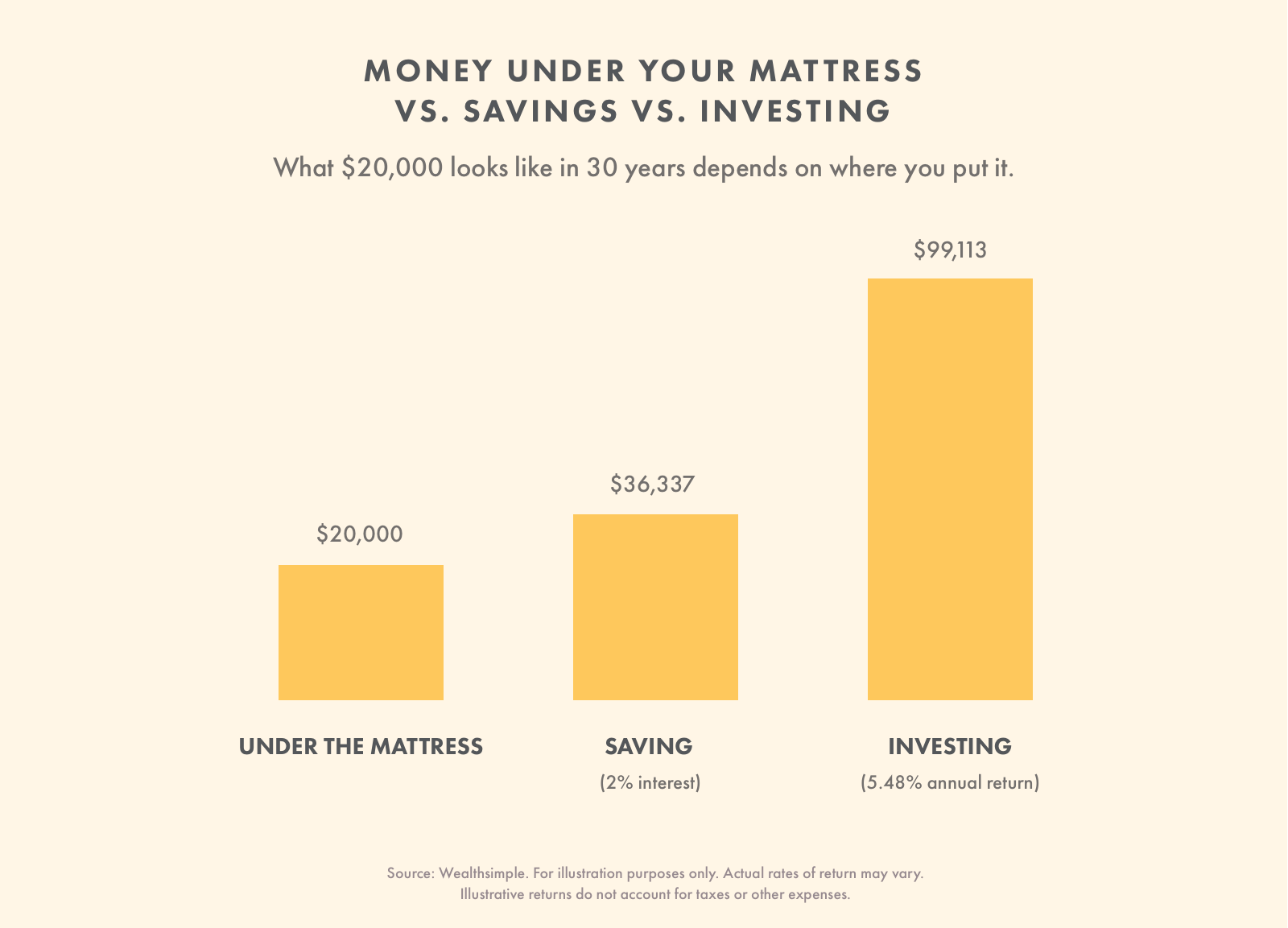
Pullback entry
A pullback is the market's movement back to a trend’s starting point. A pullback is dependent on the trend. It can be shallow or deep. You can spot this by using indicators such as moving averages and Fibonacci levels. The more signals you have, your decision will be more reliable.
A pullback can occur as part of an upward trend. It can be triggered by a sharp drop, profit-taking, negative news or a loss in the underlying security. Pullbacks are often used by trend-following traders to add or subtract from long positions. To enter, you can use market orders, stop buy entries orders, or buy limit orders.
Breakout strategy
In trading, a breakout strategy is very important. It allows traders when prices are outside of their range to enter a trade. This strategy allows traders to take advantage of the next trend and not wait for a longer-term one to develop. Many traders will have greater success following a breakout strategy than traders who only follow price patterns.

Breakouts typically occur near designated resistance lines. Failure to breakout occurs when key breakout levels are not held and the price loses momentum. It is essential to identify the time frame in which the breakout price will remain. Trader should also be able to identify the profit or risk levels for each trade. Ideally, the trader should risk the same amount as they hope to make.
Day trading carries risks
Day traders often have to make split-second decisions, which is not the case for long-term investors. They must keep track of economic factors, market trends, and news cycles. They also need to know the intricacies and nuances of specific products or industries. These investors can make huge profits or lose them. Day traders can also experience margin calls, which can cause them to be unable to make their money back.
One of the biggest risks of day trading is the amount of stress involved. It takes a lot for traders to monitor the stock prices. If they can't keep their stress under control, they might make mistakes. Traders should try to stay away from emotion when making investment decisions. You can also use the buy-and-hold strategy. This involves studying different companies and deciding which one to buy.
Strategies used
There are many day trading strategies to choose from, but one of the most popular is the gap and go strategy. This strategy focuses on stocks that show a consistent uptrend and have moderate retracements. Finding a low-risk entry point price is key to successful trades. This can be done by using indicators like trendlines or moving averages. The trade should be risk-reward based at least 1:1.

Day trading strategies will allow you to minimize your risks and maximize profits. After you have chosen a strategy, it's time to choose which instruments to trade. You can choose from stocks, ETFs, futures, commodities, and options.
FAQ
What is the role of the Securities and Exchange Commission?
Securities exchanges, broker-dealers and investment companies are all regulated by the SEC. It enforces federal securities laws.
How do I choose a good investment company?
A good investment manager will offer competitive fees, top-quality management and a diverse portfolio. Fees are typically charged based on the type of security held in your account. Some companies don't charge fees to hold cash, while others charge a flat annual fee regardless of the amount that you deposit. Others charge a percentage based on your total assets.
It is also important to find out their performance history. A company with a poor track record may not be suitable for your needs. Avoid companies that have low net asset valuation (NAV) or high volatility NAVs.
Finally, you need to check their investment philosophy. To achieve higher returns, an investment firm should be willing and able to take risks. If they are unwilling to do so, then they may not be able to meet your expectations.
What is a Stock Exchange exactly?
Companies can sell shares on a stock exchange. This allows investors and others to buy shares in the company. The market decides the share price. The market usually determines the price of the share based on what people will pay for it.
Investors can also make money by investing in the stock exchange. To help companies grow, investors invest money. This is done by purchasing shares in the company. Companies use their money for expansion and funding of their projects.
There are many kinds of shares that can be traded on a stock exchange. Some of these shares are called ordinary shares. These shares are the most widely traded. Ordinary shares can be traded on the open markets. Stocks can be traded at prices that are determined according to supply and demand.
Other types of shares include preferred shares and debt securities. Priority is given to preferred shares over other shares when dividends have been paid. The bonds issued by the company are called debt securities and must be repaid.
Why are marketable securities important?
An investment company's primary purpose is to earn income from investments. It does this through investing its assets in various financial instruments such bonds, stocks, and other securities. These securities offer investors attractive characteristics. They may be safe because they are backed with the full faith of the issuer.
The most important characteristic of any security is whether it is considered to be "marketable." This is the ease at which the security can traded on the stock trade. It is not possible to buy or sell securities that are not marketable. You must obtain them through a broker who charges you a commission.
Marketable securities can be government or corporate bonds, preferred and common stocks as well as convertible debentures, convertible and ordinary debentures, unit and real estate trusts, money markets funds and exchange traded funds.
These securities are preferred by investment companies as they offer higher returns than more risky securities such as equities (shares).
What is a REIT?
A real-estate investment trust (REIT), a company that owns income-producing assets such as shopping centers, office buildings and hotels, industrial parks, and other buildings is called a REIT. These are publicly traded companies that pay dividends instead of corporate taxes to shareholders.
They are similar to corporations, except that they don't own goods or property.
Statistics
- For instance, an individual or entity that owns 100,000 shares of a company with one million outstanding shares would have a 10% ownership stake. (investopedia.com)
- Our focus on Main Street investors reflects the fact that American households own $38 trillion worth of equities, more than 59 percent of the U.S. equity market either directly or indirectly through mutual funds, retirement accounts, and other investments. (sec.gov)
- The S&P 500 has grown about 10.5% per year since its establishment in the 1920s. (investopedia.com)
- Ratchet down that 10% if you don't yet have a healthy emergency fund and 10% to 15% of your income funneled into a retirement savings account. (nerdwallet.com)
External Links
How To
What are the best ways to invest in bonds?
An investment fund is called a bond. Although the interest rates are very low, they will pay you back in regular installments. These interest rates are low, but you can make money with them over time.
There are many ways you can invest in bonds.
-
Directly buying individual bonds
-
Purchase of shares in a bond investment
-
Investing through an investment bank or broker
-
Investing through an institution of finance
-
Investing via a pension plan
-
Invest directly through a broker.
-
Investing with a mutual funds
-
Investing in unit trusts
-
Investing in a policy of life insurance
-
Investing via a private equity fund
-
Investing via an index-linked fund
-
Investing through a hedge fund.